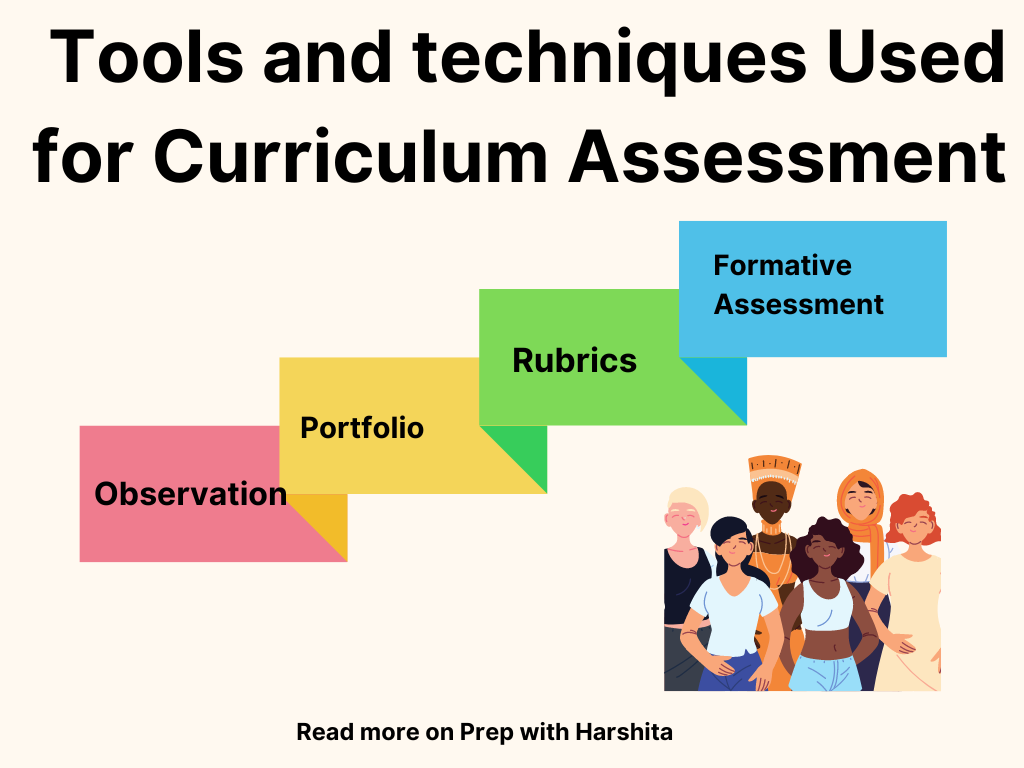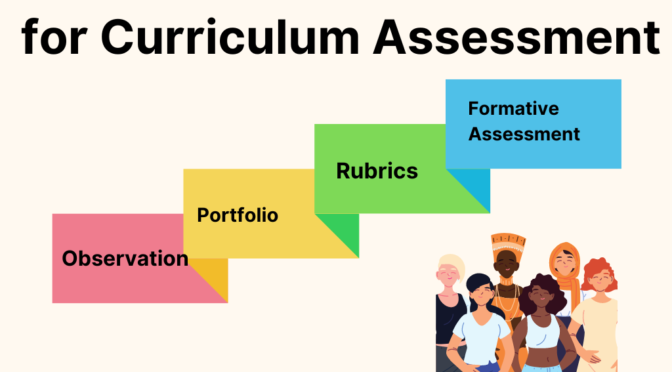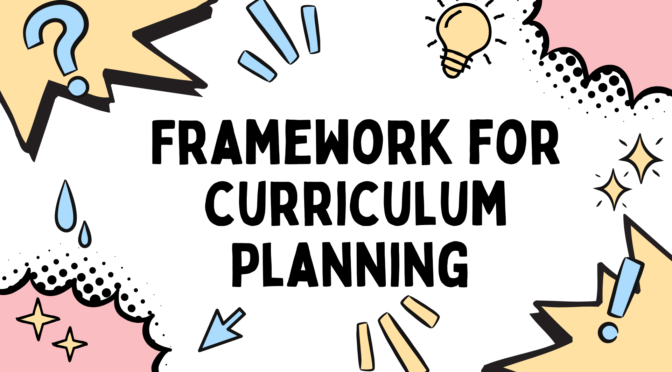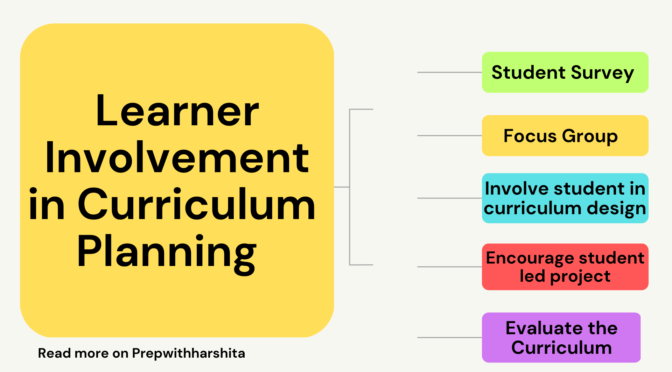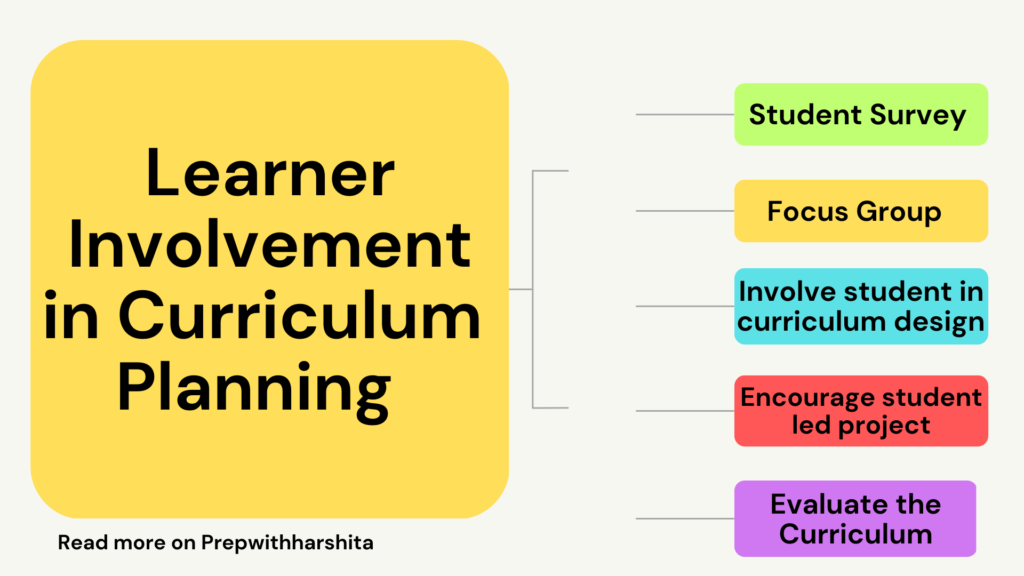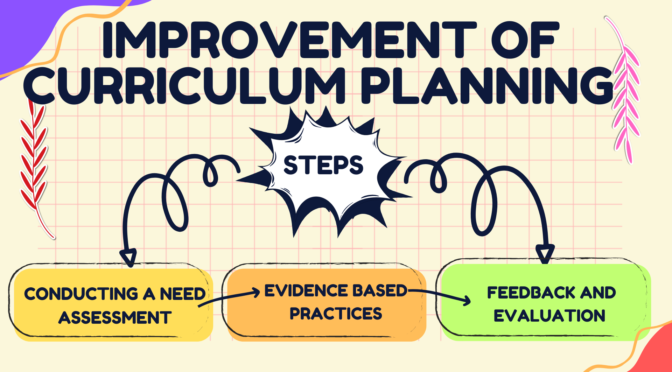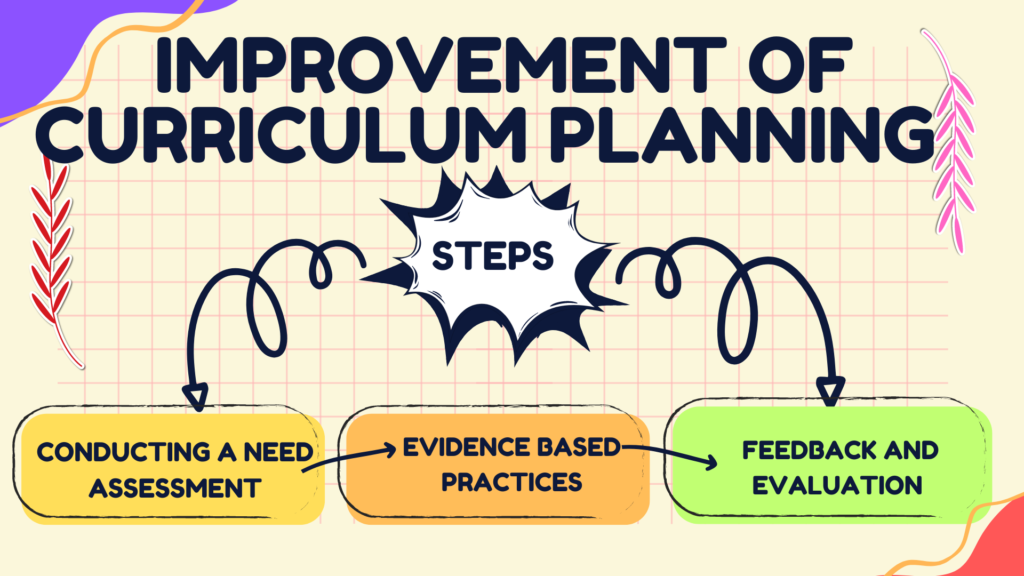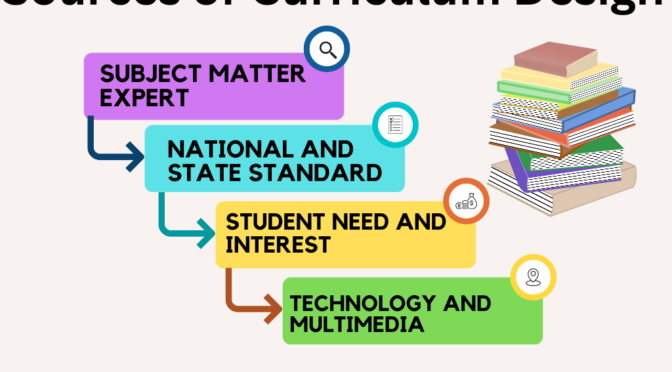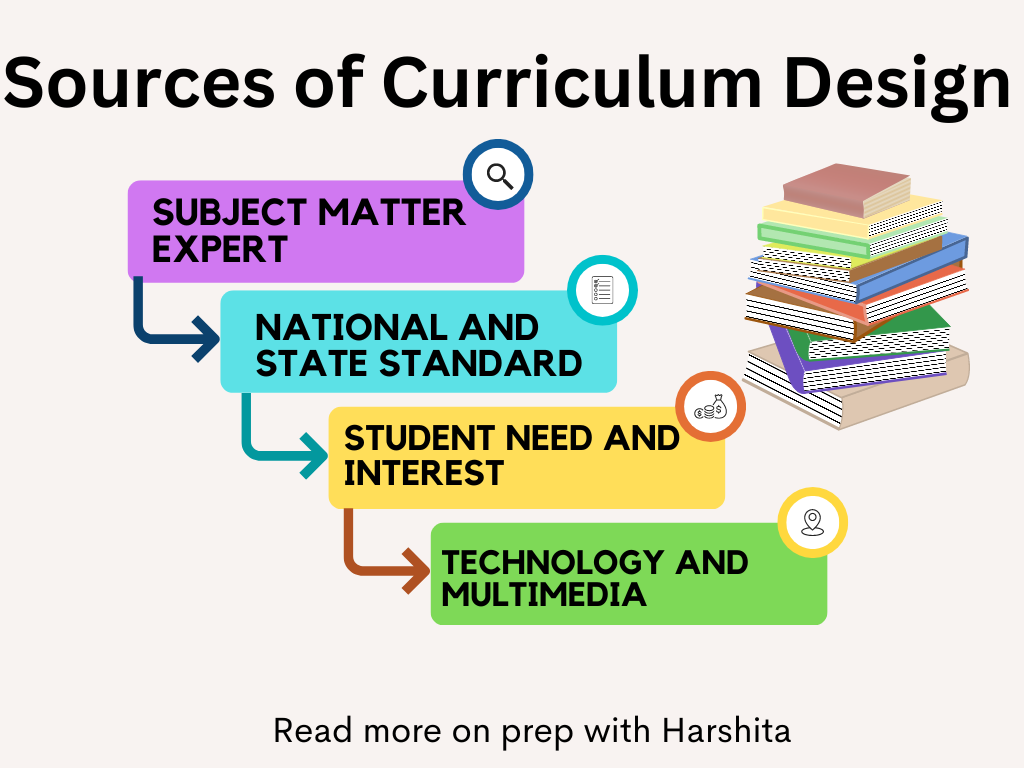Curriculum assessment at the elementary level involves evaluating the effectiveness of the curriculum in achieving its goals and objectives. Here are some tools and techniques used for curriculum assessment at the elementary level:
- Observation: Classroom observation is an important tool for assessing the effectiveness of the curriculum at the elementary level. Observing students in the classroom can provide valuable information about their behavior, engagement, and understanding of the material. It can also help teachers identify areas where students are struggling and adjust their instruction accordingly.
- Formative assessments: Formative assessments are used to evaluate student learning on a day-to-day basis. These assessments can take the form of quizzes, tests, essays, projects, or other assignments. They provide teachers with valuable information about student progress and can be used to adjust instruction and improve student outcomes.
- Portfolios: Portfolios are a collection of student work that demonstrate their progress over time. They can include a variety of assignments, projects, and assessments, and can be used to evaluate student learning in a holistic way.
- Rubrics: Rubrics are a tool used to evaluate student work based on a set of predetermined criteria. They can be used to assess a variety of assignments and projects, and provide students with clear expectations for their work.
- Standardized tests: Standardized tests are often used to assess student learning at the elementary level. These tests are designed to measure students’ knowledge and skills in specific subject areas and are often used to compare student performance across different schools or regions.
- Self-assessment and peer assessment: Self-assessment and peer assessment are important tools for developing metacognitive skills and promoting a growth mindset. Students can assess their own learning and set goals for improvement, while peer assessment can provide students with valuable feedback on their work.
- Parent-teacher conferences: Parent-teacher conferences provide an opportunity for parents to discuss their child’s progress with the teacher. These conferences can provide valuable feedback to teachers on the effectiveness of the curriculum, as well as suggestions for improvement.
Also Read : Learner Involvement in Curriculum Planning
By using a variety of tools and techniques for curriculum assessment at the elementary level, teachers can evaluate the effectiveness of their curriculum and make adjustments to improve student outcomes.
Also Visit : Prep with Harshita
